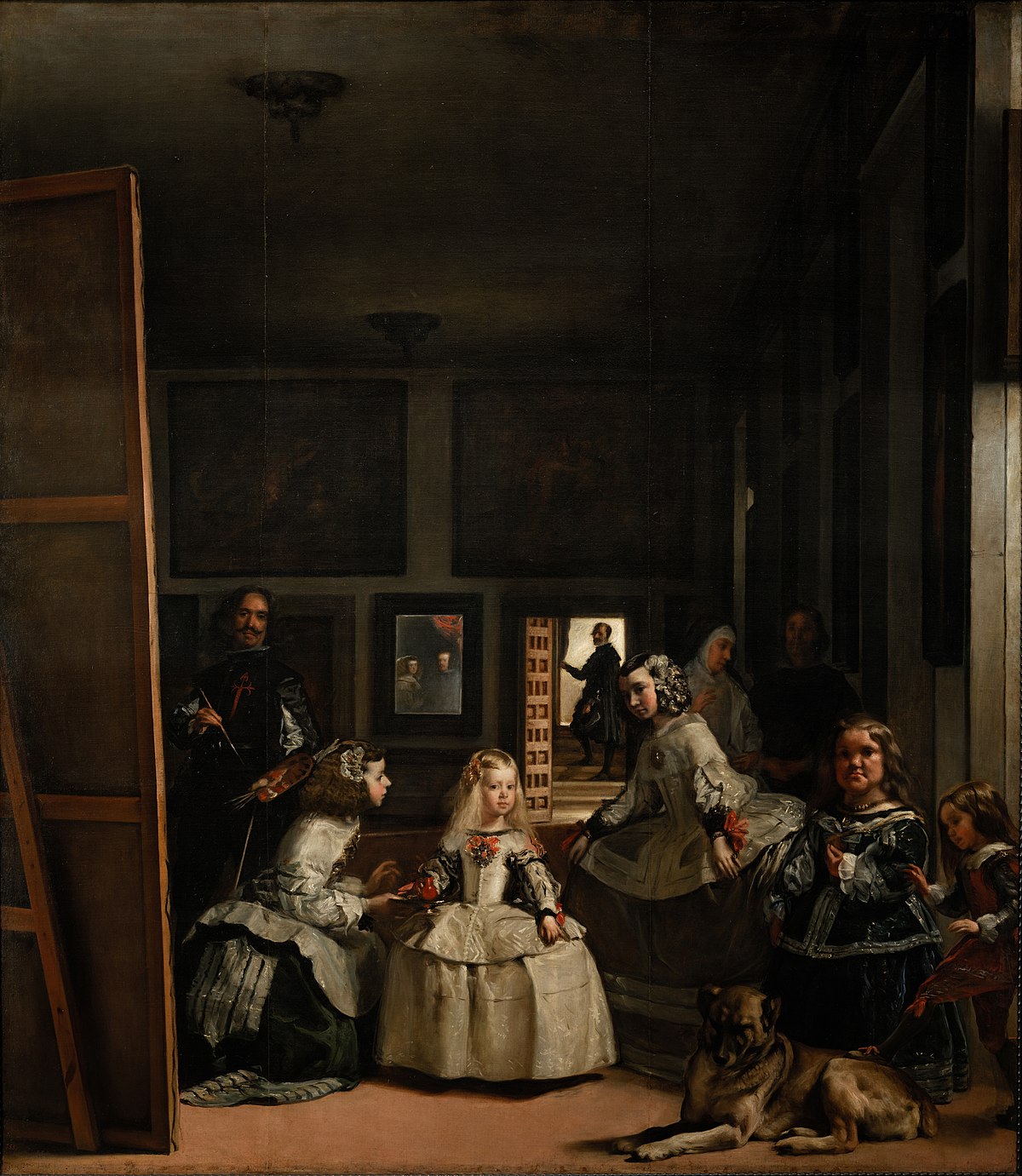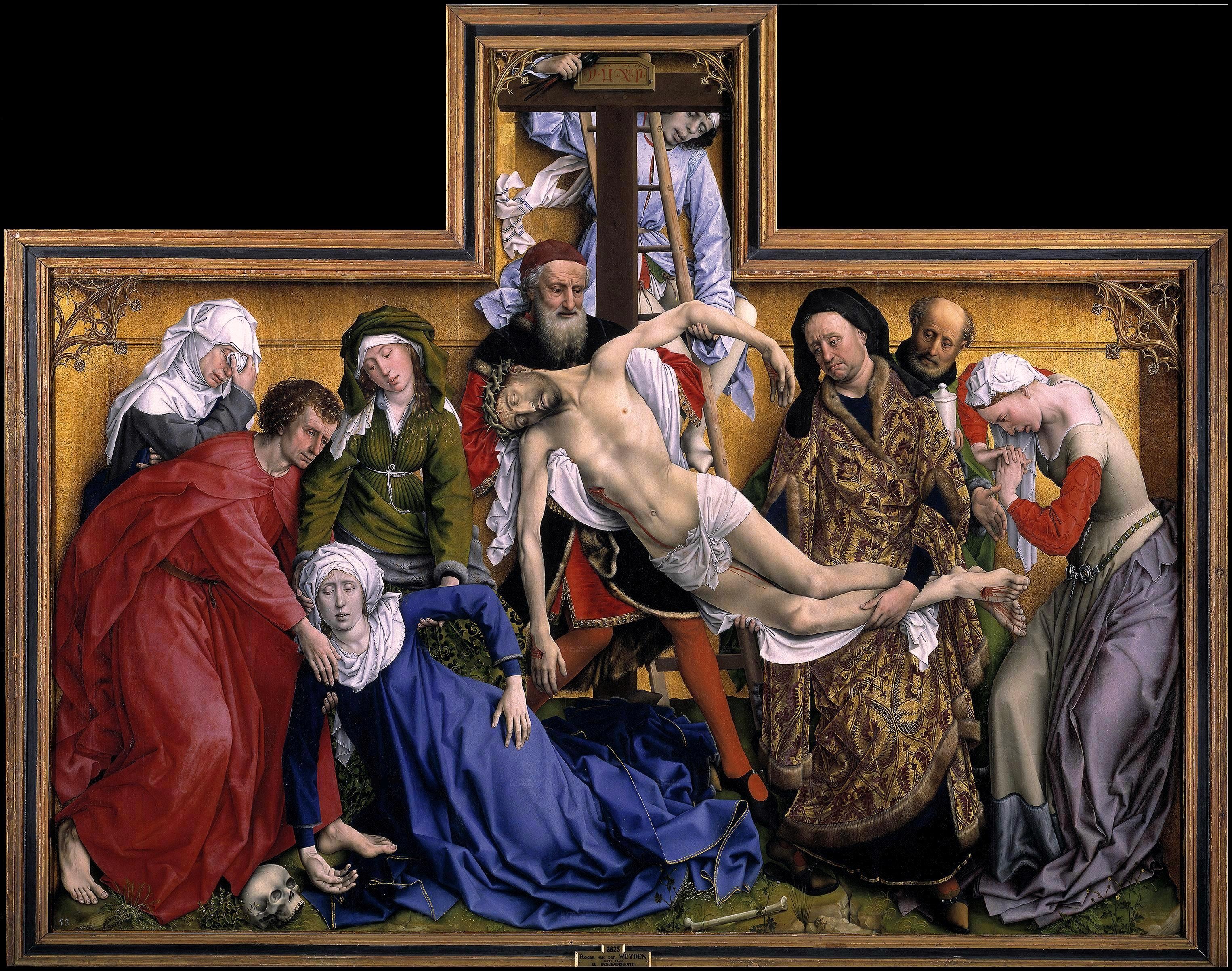The Prado Museum in Madrid, Spain, is a treasure trove of fine art, housing one of the world's most impressive collections of European art. With its walls adorned by masterpieces from the 12th century to the early 19th century, the museum is a haven for art enthusiasts and historians alike. Its value lies not only in the sheer number of pieces it contains but in the remarkable quality and historical significance of its artworks. Here we will explore some of the most valuable and esteemed pieces of art on show in the Prado Museum.
"Las Meninas" by Diego Velázquez

Diego Velázquez's "Las Meninas" is often heralded as the magnum opus of the Prado's collection and one of the most important paintings in Western art history. Painted in 1656, this masterpiece is a complex narrative of life in the court of King Philip IV of Spain. Velázquez, through his exceptional use of perspective and light, invites viewers to delve into the intricacies of the Spanish court, blending reality with illusion in a way that was revolutionary for its time. The painting's intricate composition and the enigmatic expressions of its figures continue to fascinate and puzzle art lovers and scholars.
"The Garden of Earthly Delights" by Hieronymus Bosch

Hieronymus Bosch's triptych, "The Garden of Earthly Delights," is another gem of the Prado. This late 15th or early 16th-century masterpiece is lauded for its intricate detailing and its vivid, sometimes surreal, portrayal of paradise and damnation. Bosch's imaginative depiction of Eden on the left panel; a central, earthly paradise filled with engaging, sometimes perplexing activities; and a hellish landscape on the right, make this work a compelling study of morality, sin, and redemption.
"The Annunciation" by Fra Angelico
.jpg)
"The Annunciation" by Fra Angelico, painted between 1425 and 1426, is one of the Renaissance's most sublime depictions of the Virgin Mary learning of her divine pregnancy. Fra Angelico's delicate handling of colour and light, as well as his attention to detail, imbues the scene with a serene, heavenly atmosphere. This work is celebrated for its spiritual depth and its quiet, yet profound, beauty. It is a testament to Fra Angelico's mastery and his ability to convey complex theological ideas through art.
"The Third of May 1808" by Francisco Goya

Francisco Goya's "The Third of May 1808" is a powerful and moving representation of the Spanish resistance during the Peninsular War. Painted in 1814, this work is groundbreaking for its emotive force and its stark depiction of the horrors of war. Goya's use of lighting to highlight the Spanish victims, contrasted with the faceless French firing squad, creates a poignant commentary on the tragedy of violence. This painting is not only a masterpiece of Spanish art but also a universal symbol of the struggle for freedom and justice.
"The Descent from the Cross" by Rogier van der Weyden

Rogier van der Weyden's "The Descent from the Cross," painted around 1435, is one of the Northern Renaissance's most celebrated masterpieces. Renowned for its emotional intensity and exquisite detail, the painting depicts Christ being lowered from the cross with a tenderness and compassion that is deeply moving. Van der Weyden's mastery of composition and his ability to convey human emotion make this work a cornerstone of early Netherlandish painting.
The Prado Museum is a veritable cornucopia of artistic treasures, and the works highlighted here represent just a fraction of its vast collection. Each piece, with its own unique story and historical context, contributes to the rich tapestry of European art history. Visitors to the Prado are afforded a rare opportunity to journey through centuries of artistic achievement, offering insights not only into the evolution of artistic styles and techniques but also into the very heart of human experience. Through its preservation of these timeless works, the Prado ensures that the beauty and genius of European art continue to inspire and enlighten future generations.